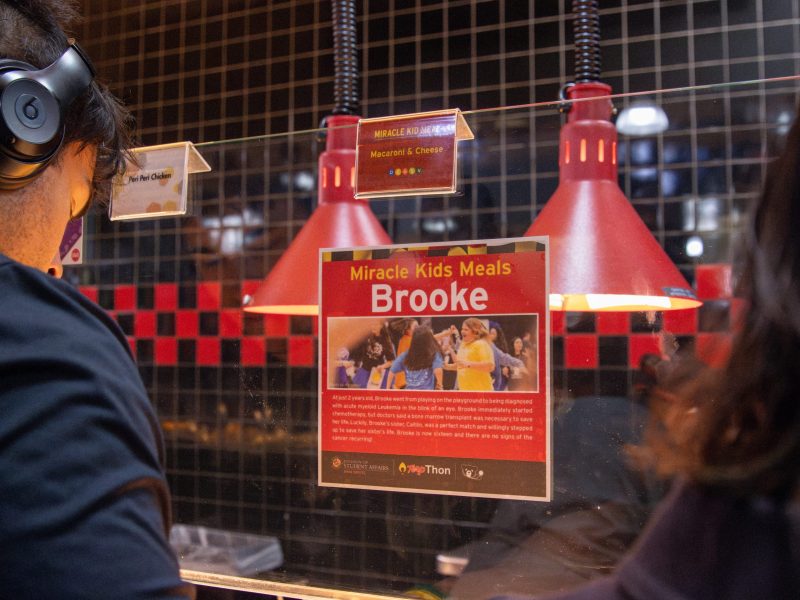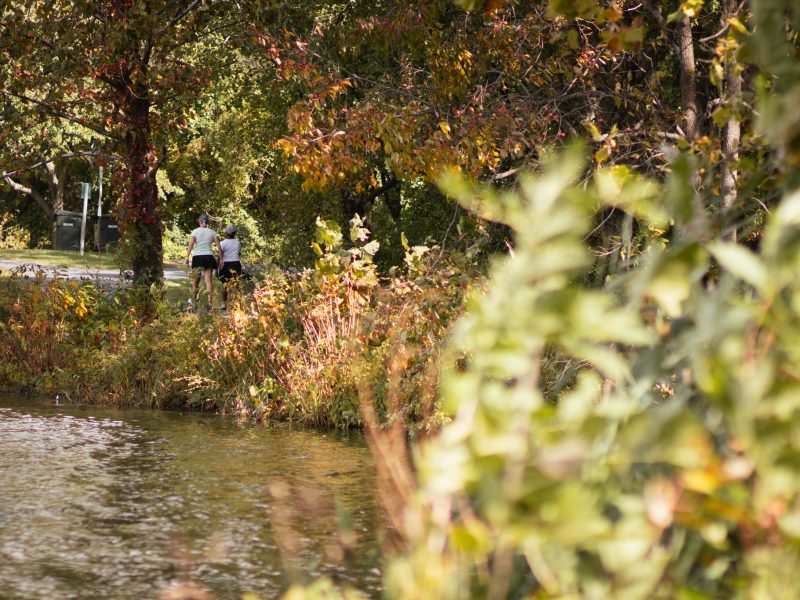The University of Maryland will proceed with its plan to begin undergraduate in-person classes on Monday, university President Darryll Pines announced Thursday.
These in-person classes make up about 15 percent of all undergraduate classes offered this semester, Pines wrote.
In an interview with The Diamondback Wednesday, Pines said the university looked at a variety of factors to make its decision: student behavior, recommendations from local health officials and the success of other universities nationwide who have implemented in-person instruction.
In the first week of the semester, the university-administered tests yielded a one percent positivity rate, according to the university’s COVID-19 dashboard. That week, there were 85 positive cases from the university’s testing, as well as 100 unverified positive tests that were conducted off-campus.
In total, during the most-recent testing event, 135 out of nearly 19,000 university-administered tests came back positive, Pines wrote. There have also been 143 unconfirmed positive cases that individuals have reported to the university.
Several on-campus facilities will continue to have restrictions, Pines wrote. Dining halls will remain closed for in-person dining, appointments will be required at Stamp Student Union and Recreation and Wellness Facilities and the policies restricting guests in residence halls will remain in place.
[UMD announces dates of next mandatory COVID-19 testing event]
The university announced the suspension of all athletic workouts Sept. 3, after 46 athletes tested positive — something Pines called a “reprimand” this week for athletes who did not adhere to the university’s safety guidelines. The university also handed out 19 interim suspensions to students for noncompliance with the safety guidelines, at least 10 of which were ultimately lifted.
The university finished its first major testing event Sept. 4, and plans to launch another Sept. 15.
Pines defended the university’s rationale for this break. The virus’s median incubation period — the time between initial infection and the onset of symptoms — is four to five days, according to the Centers for Disease Control and Prevention.
Even if the university were testing this week, Pines said, individuals who contract the virus during Labor Day weekend often won’t register a positive result until several days after they had been exposed.
Still, any student who is exhibiting symptoms can get tested at the University Health Center, Pines said.
“We think we’ve done an excellent job in analyzing the situation and preparing and doing the baseline testing,” Pines said.
[UMD announces temporary amendments to grading, attendance, final exam policies]
The university had a four-pronged approach to control the initial spread of the virus on campus, Pines said: mandated pre-arrival and post-arrival testing, a delay of in-person undergraduate classes by two weeks and the re-testing of all students post-Labor Day.
After Oct. 1, testing will be offered once a week for the rest of the semester, according to an email last week from Dr. Sacared Bodison, the interim director of the University Health Center. More information will be announced shortly, she wrote.
In his email Thursday, Pines commended the student body for adjusting to the semester.
“I would like to thank each of you for your diligence and your patience during this time,” Pines wrote. “Every one of you has played a critical, interconnected role in planning for this complicated Fall 2020 semester.”



